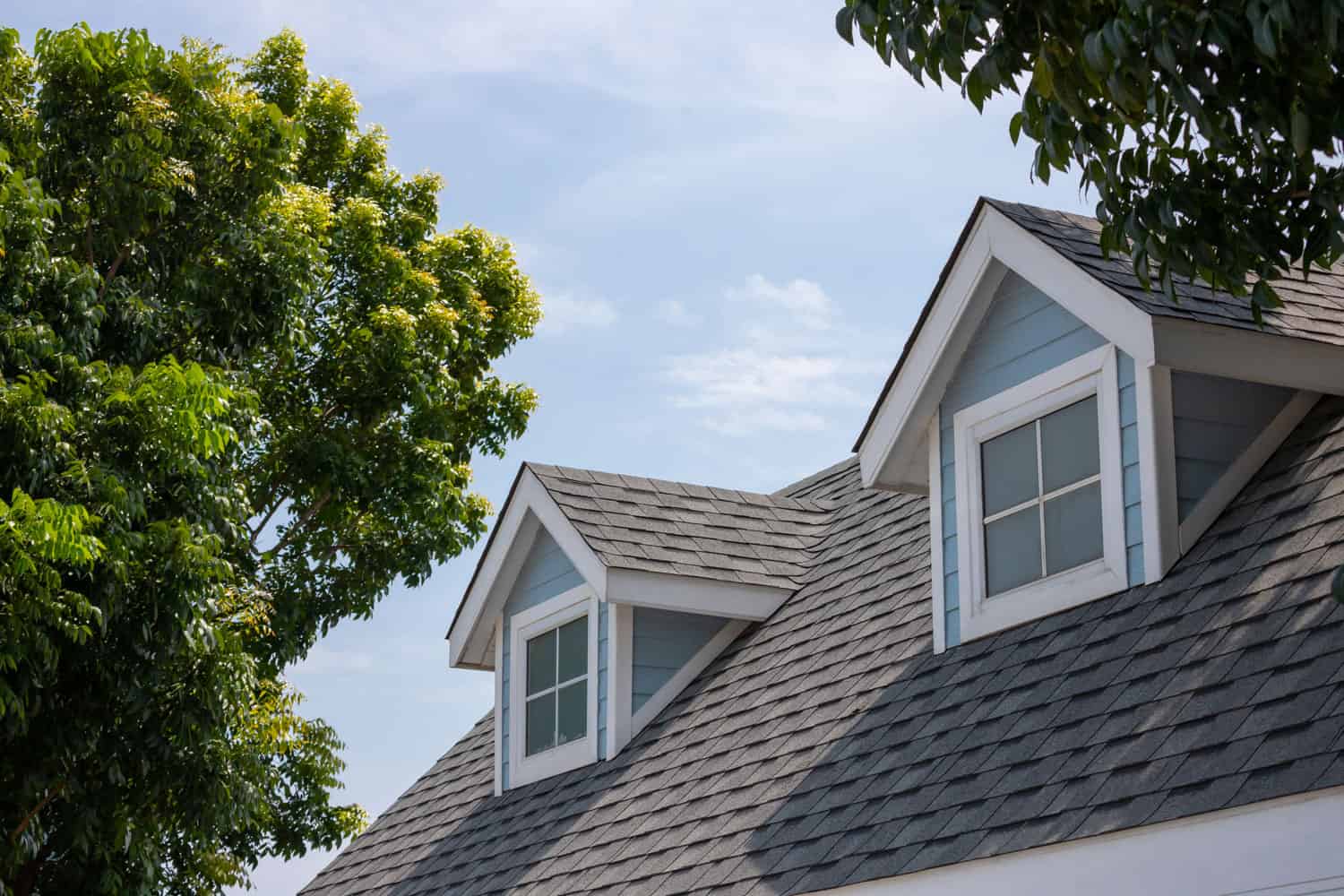Roofing is probably one of the essential aspects of housing as it guarantees the shelter we need. Sheathing provides the durability and protection that roofing grants. However, if you're concerned about whether roofing nails should go through the sheathing, look no further because we researched all the answers for you!
Roofing nails should be at the correct length to secure roof coverings. It should pass through the sheathing and should extend 3/8 inches past the bottom of the roof heating.
Having knowledge on the proper way to put on roof nails is indeed a serious matter as it influences the functionality and resilience of the roof. You can read further and have a thorough understanding of roofing nails and sheathings.
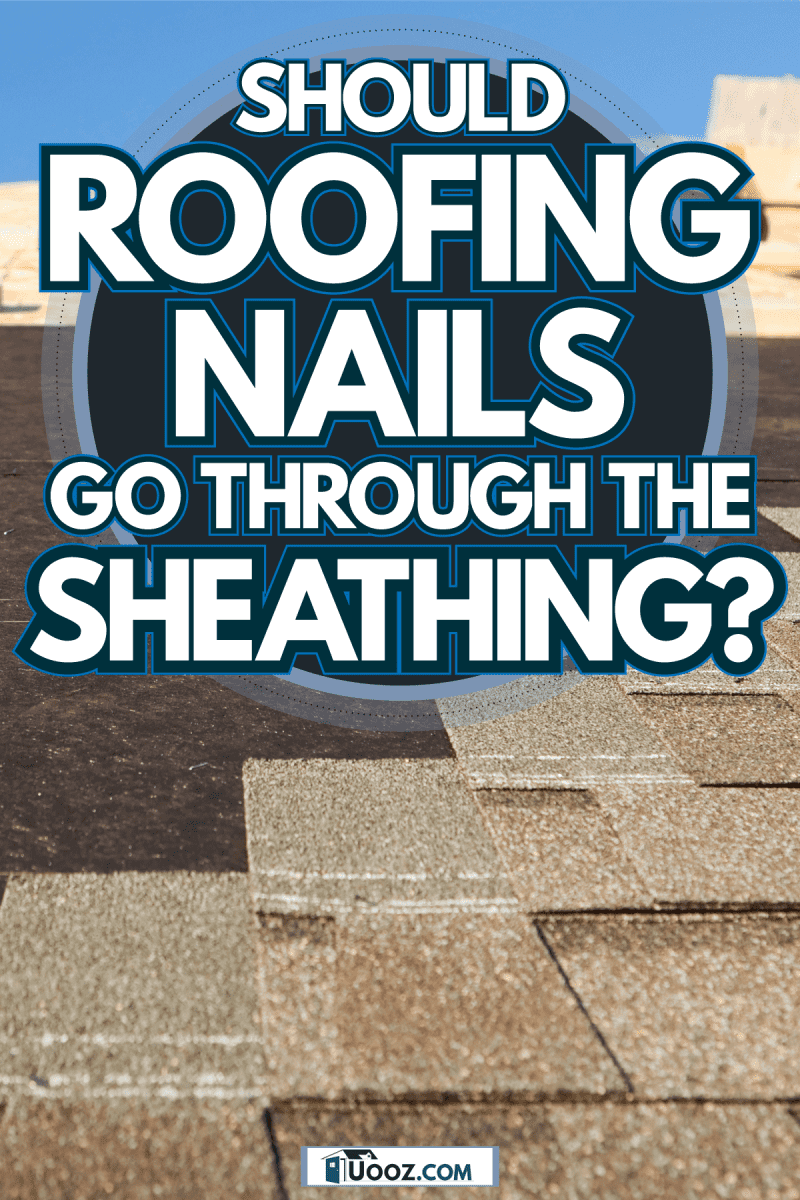
Keeping The Roofing Nails In Position
Whether or not you should nail your shingles or roof tiles directly through the roof sheathing can be really confusing as the wrong positioning of roofing nails likely results in leaks and roof structural damages.
Roofers commonly hammer nails through the sheathing since roof nails are impressively long and materials used for sheathings like plywood or OSB (Oriented Strand Board) aren't that thick, and so it's normal that roofing nails visibly stick out.
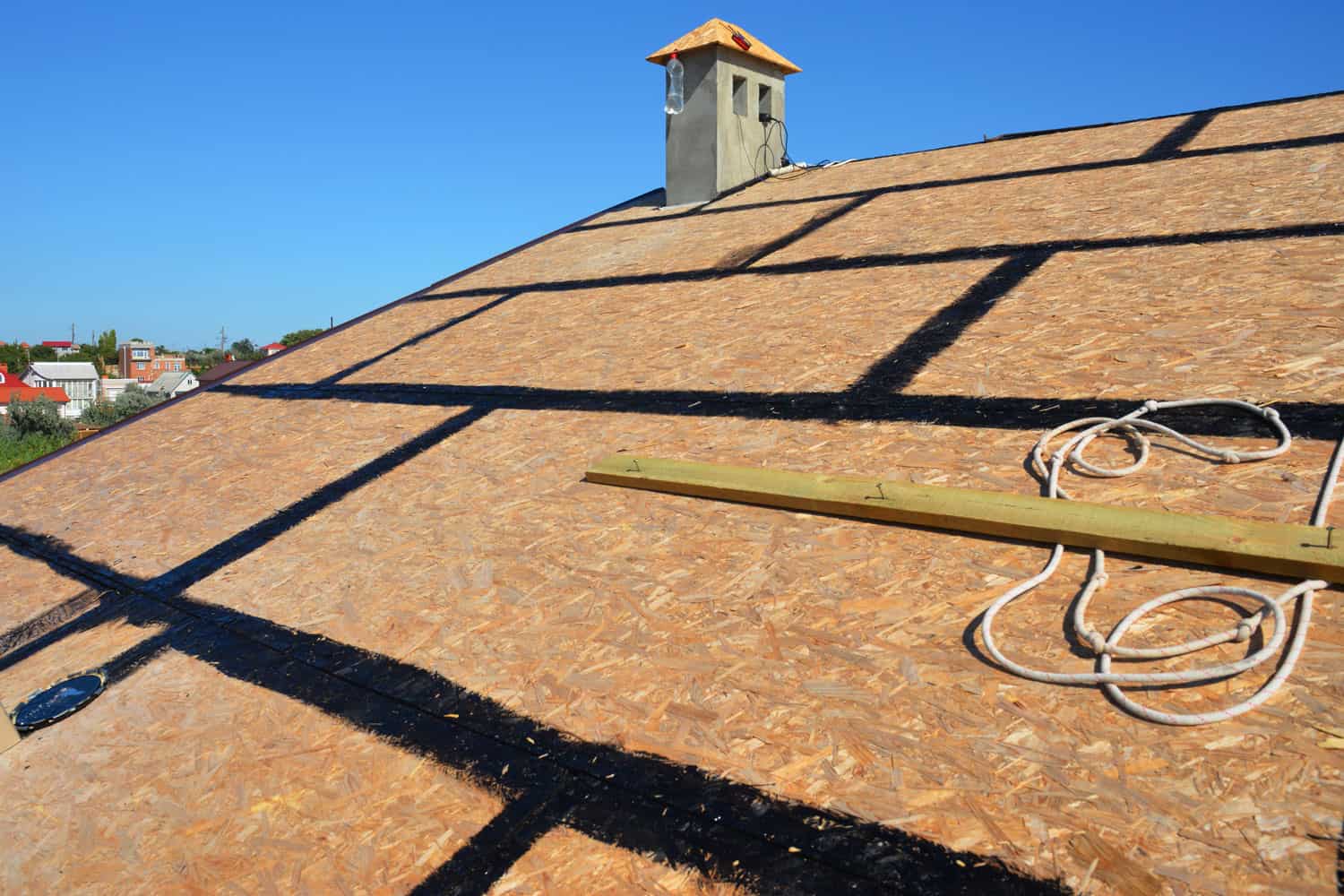
If your sheathing is less than 3/4 inches thick, you need to hammer the roofing nails through the sheathing. Doing this ensures assures that roof shingles won't pull away in cases where strong winds or heavy storms may challenge the roof.
Below are the proper guidelines for you to follow when installing a roof:
- Determine the right spacing for your battens and install them horizontally along the length of your roof. Place two tiles on the roof with a minimum of 3-inches overlap.
- Nail your tiles down into the roof battens. If you have asphalt shingles, nail all of your tiles into the base of your roof.
- Shape your roof tiles and ensure that they fit around the corners of the roofing surface.
- You may need to cut excess tiles or shingles at the end of each row to ensure full coverage on the roofing surface.
- Cap the roof's peaks using ridge tiles to help shield your roof sections from damage.
For your convenience, here's a YouTube video by STEELEPLUS for a visual representation and instruction on roof sheathing installation.
You may also want to check out IKO North America's YouTube video guide on how to choose the correct nails, where to place them and how to install them properly.
You may also want to read "How Long Do Asphalt Shingles Last?"
Risks Of Improper Nailing
Installing roofing materials is undeniably challenging. Plus, it requires a lot of hard work and carpentry expertise to successfully put everything under control.
Improper nailing can lead to a lot of disasters and malfunctions in your roof. For instance, nails that are too overdriven are likely to thwack through the mat of roof shingles. When this happens, it increases the possibility of the shingle becoming loose and easily blown away.
What's more, overdriven nails void the shingle's manufacturer's warranty, so you're going to find it difficult to replace them and distress yourself with additional costs.
At the same time, under-driven nails or what roofers call high nailing causes the pneumatic gun to lack pressure to drive the nail in and this results in protruding nails. When this occurs, shingles become too loose or damaged, causing infectivity to stay firm in stormy weather.
If you want to know about common nailing mistakes and how to avoid them, here is a discussion by A&A Roofing Exteriors on YouTube.
Roof Sheathing: Functions And Advantages
One of the most fundamental functions of roof sheathing is to provide the strength your roof needs. Aside from that, there are other functions and benefits of roof sheathing.
Stop Leaks
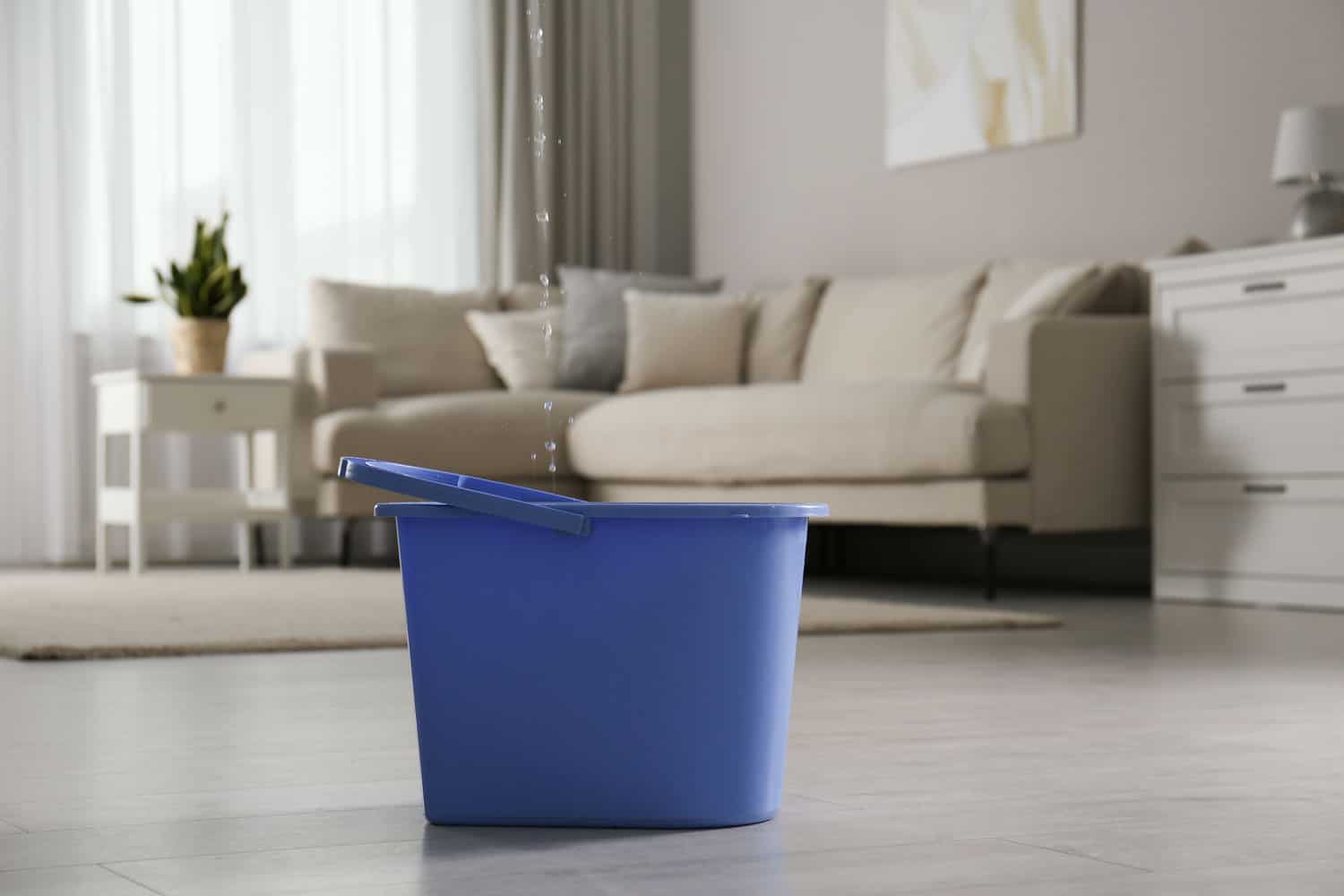
Surprisingly, roof sheathings help prevent leaks into your roof because of the additional layer of boarding that adds an extra layer of protection against water. With that being said, sheathing that stops leaks helps lengthen the lifespan of your roof as it is insusceptible to water damage that leaks cause.
Although shingles can also provide water protection, this isn't just enough, so it's best to opt for sheathing for another layer of help.
Strength And Support
Roof sheathings help evenly distribute the weight across the roof's entire structure. It helps support the beams to ensure that snow and other heavy loads that may perch on your roof lessen inconvenient issues.
Lastly, it plays a very significant role in maintaining the structure and weight of your roof in good shape.
Prevents Fire
Roof sheathing materials have fire-resistant and retardant treatments. In cases of fire emergencies, it can help stop fires from spreading, but it's not completely fireproof.
How Can You Tell When You Need A New Roof Sheathing?
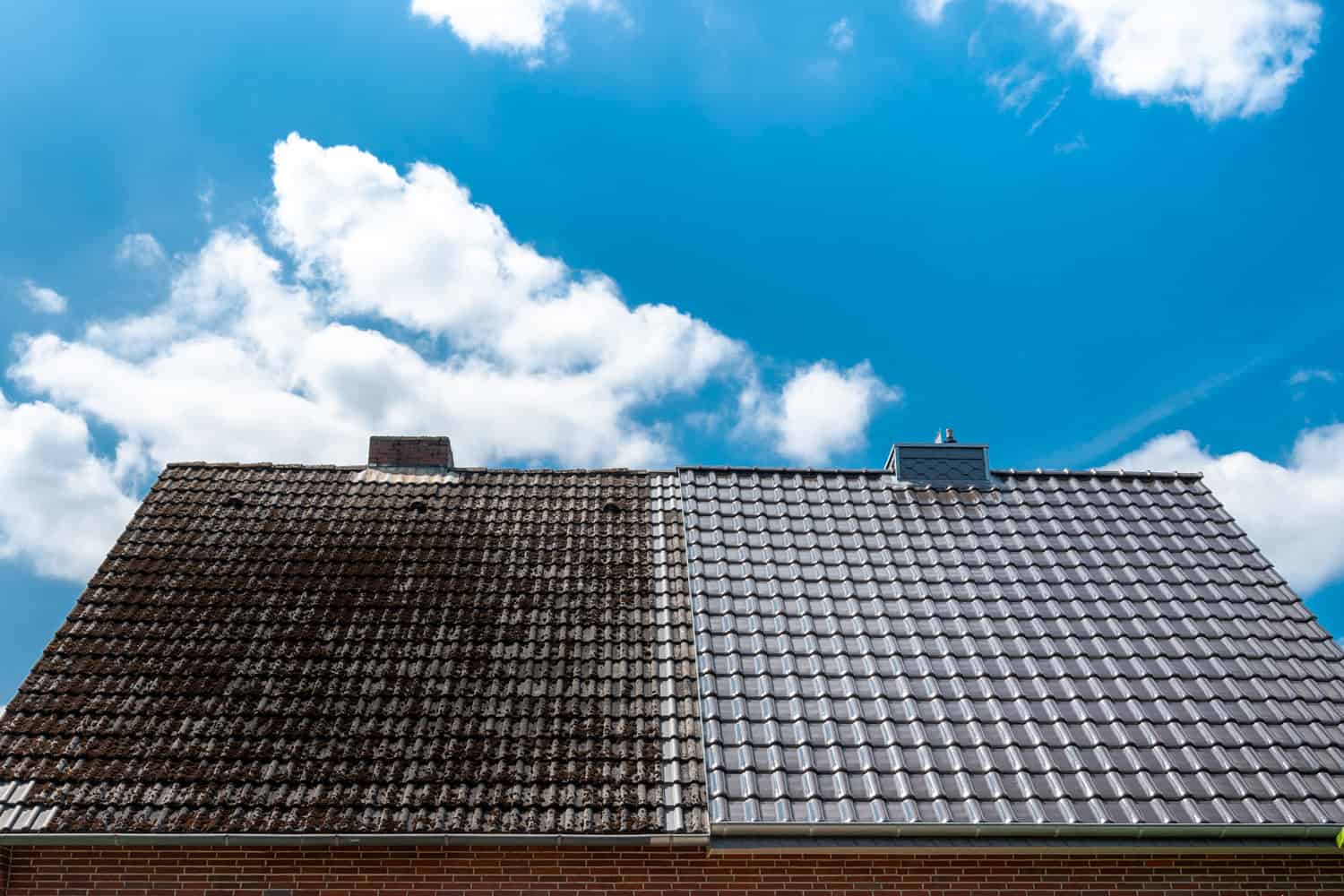
As elaborated on in this discussion on how important roof sheathings can be, it is vitally important to immediately replace them when they are too old, outdated, and damaged.
Here are the few things to look out to tell that it's time to renew your roof sheathing:
Broken Sheathing Boards
To spot a broken sheathing board, you need to watch out for a saggy roof or any falling sawdust or broken parts in your attic. It is normal that over a period of time, sheathing boards go bad simply because they do a lot of heavy-duty in terms of aiding strength to the roof.
Water Damage
To spot water damage in your roof, you need to look out for signs of leaks, puddles, or water stains present in your ceiling. These factors cause your roof to rot, so it's best to instantly replace them to lessen the possibility of major damage to your roof's structure.
Visible Rot
If you see dark spots on your roof or if you happen to touch a soft spot of the texture of your ceiling using your hand, then it is a sign that your sheathing is rotting. If this is the case, it calls for a sheathing replacement.
Light Passes Through Roof Holes

Generally, seeing the sky through your roof is a great cause for concern. If you check out your attic's roof using a flashlight and can observe lights passing through holes in your roof, it's time to renew your roof to also prevent water from coming through these holes.
Saggy Ceiling/Roofline
If some of the areas of your ceiling are closer to you than usual, then this is one of the signs for a saggy ceiling or roofline. The same goes for the outside sight of your roof. Once you see this sagging, don't wait for your whole roof structure to stagger and immediately have this replaced.
How Many Nails Do You Need For Sheathing?
There is no absolute answer and an exact number for how many nails you need for sheathing as this greatly depends on several factors such as the board's face width, length, and roof truss spacing.
Sheathing boards can range from a 4-inch face to 48-inch-long on plywood sheets. In the meantime, a roof truss spacing can go between 12 to 24 inches. Each of these significantly determines how many nails are needed per board during roof sheathing installation.
Normally, boards need two nails per truss, and sheathing may require six nails due to its face width and nail spacing.
If you're looking for sturdy nails for sheathing, you can purchase Meite's 15 degrees 1-1/2-Inch × .120 coil roofing nails. It has an electro-galvanized finish with a smooth shank type made of steel.
Click here to see Meite's roofing nails on Amazon.
Do Roof Nails Need To Be Sealed?
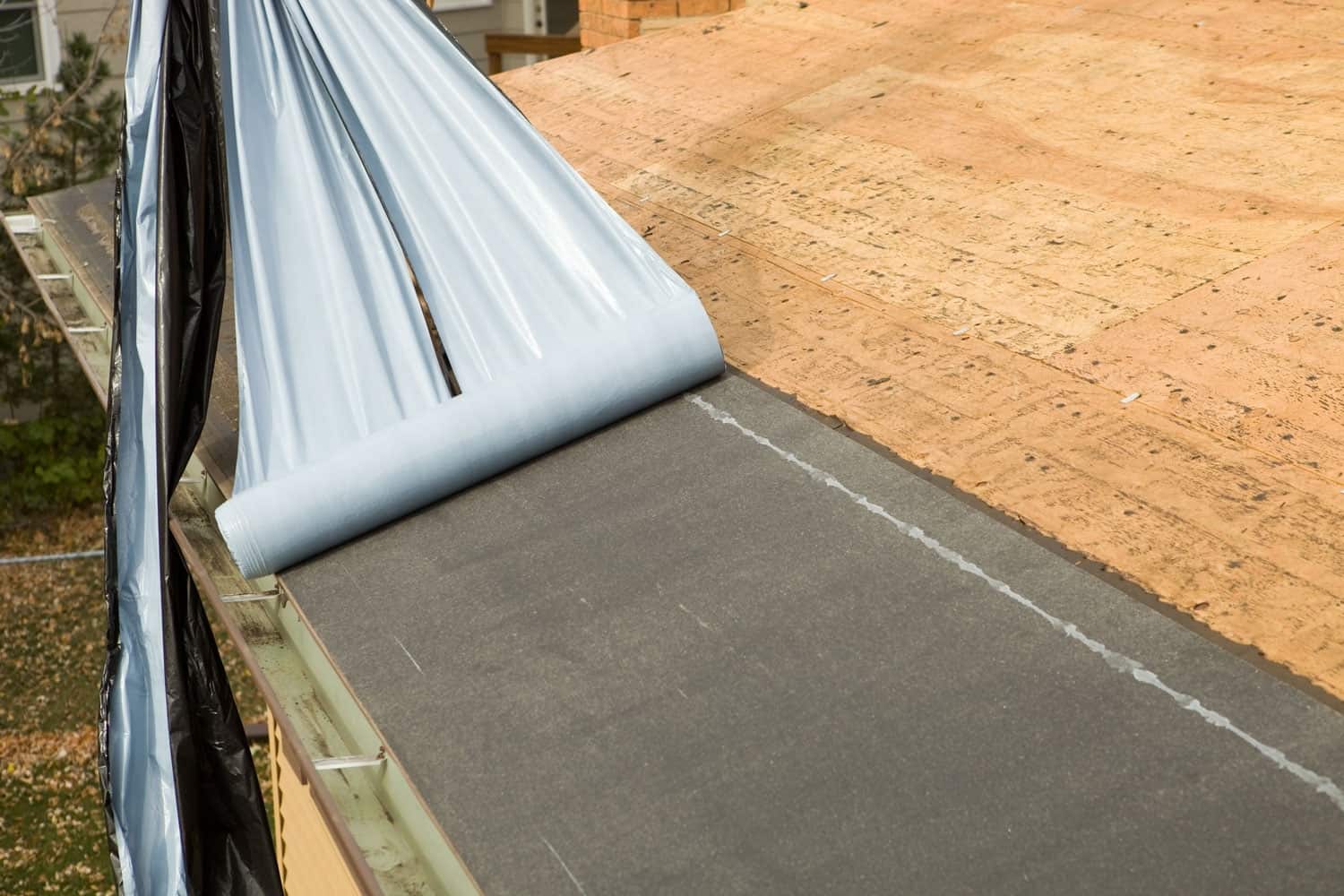
Roofing nails need to be sealed, most specifically in shingles and sheathings. There is a need for you to do this because the galvanizing part of the nail is thin, and it may cause rust.
Additionally, most roofers would really opt for the roof nails to be sealed because it prevents leaks, fragments, and rust in the shingles and sheathings.
To seal your roof nails properly, you can cover it with a roofing sealant completely or dab it with roofing cement or tar. Roof nails should never be exposed to maintain their tight grip on the roofing materials.
In cases where you can see the roofing nails come through underneath your sheathing, this is nothing to worry about as this instigates a perfectly fine placement of the roofing nails.
Loctite's roof and flashing sealant does the perfect job to seal your roofing nails along with other exterior gaps and joints. This product is guaranteed water and weatherproof.
See Loctite's roof sealant on Amazon.
In Closing
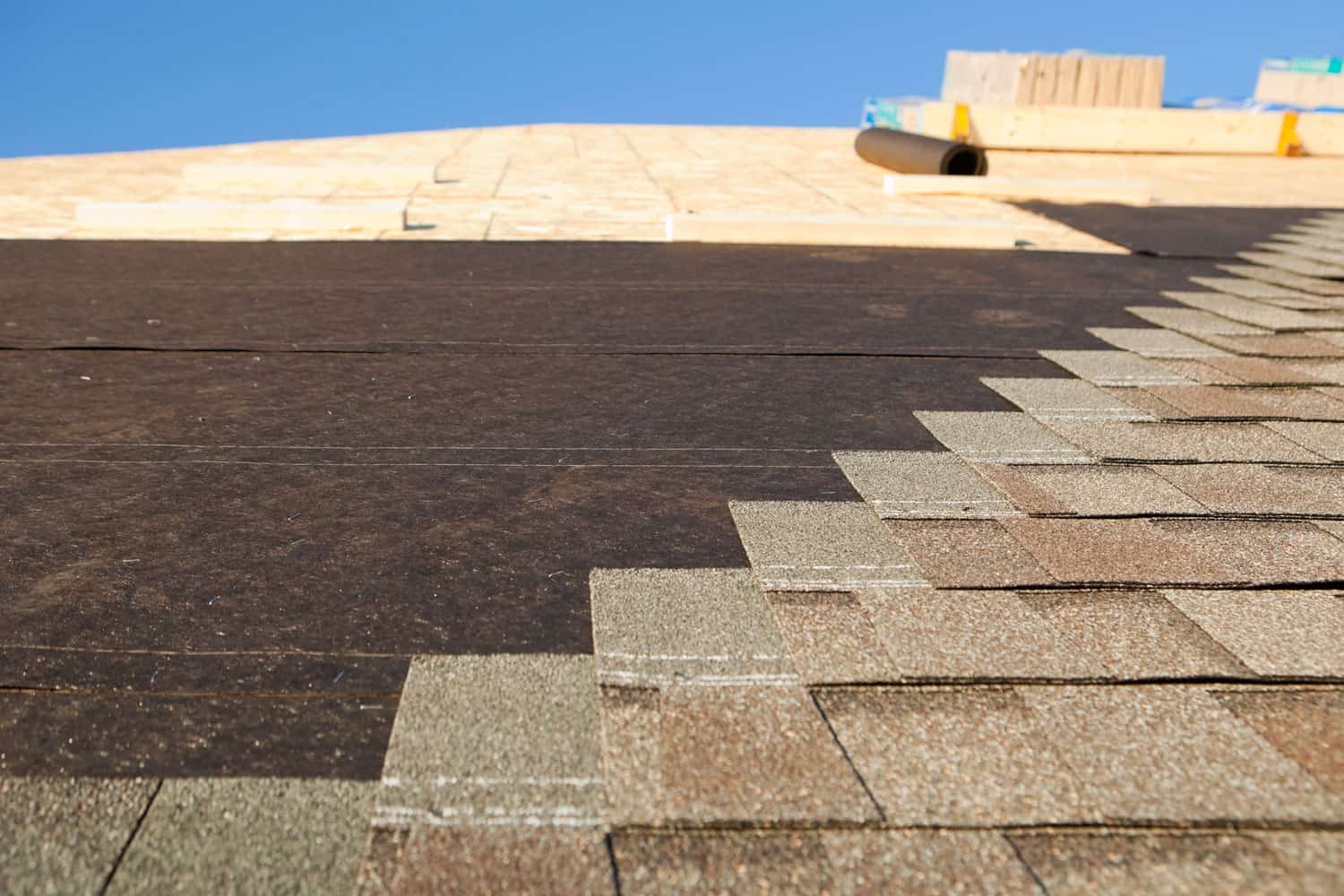
Now that you know that the roof nails should go through the sheathing, go do a good job and establish your roof correctly!
If you enjoyed this article, you can also read:
Is Plywood Waterproof? [Complete Plywood Waterproofing Guide]

